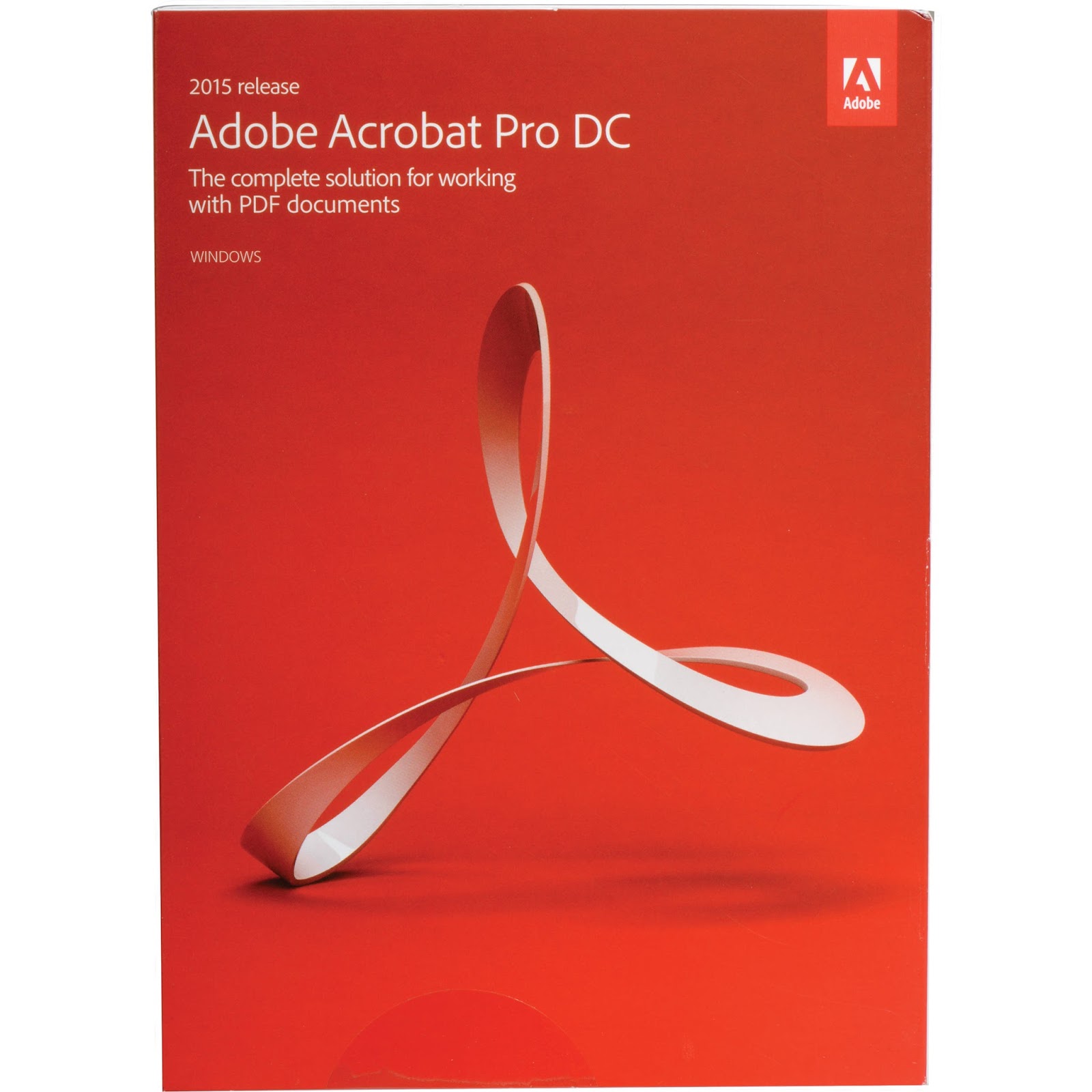
- Split pdf with adobe acrobat 7.0 professional full#
- Split pdf with adobe acrobat 7.0 professional free#
The page level attachments are displayed on the page on which they’re added and in the Attachment palette, whereas document-level attachments are only displayed in the Attachments palette. You can add attachments at the page level using the comment tool, or you can add them at the document level.

Acrobat 7.0 extends the PDF as a container concept with more features for dealing with attachments.
Split pdf with adobe acrobat 7.0 professional free#
In addition, he can enable the PDF for commenting functionality in the free Reader so that anyone viewing the PDF can review and markup the document.Īttachments and Acrobat as a Secure Container.
Split pdf with adobe acrobat 7.0 professional full#
The advantage now is that an Acrobat Professional user can exchange lightweight PDF versions of the documents, but still ensure that all users have full access to all layer and PDF object information contained in the source document. The only way to view these properties was by using Visio or the free Visio Viewer. Previously, their complex diagrams or drawings retained their layers but lost this object-level info once converted to PDF. By contrast, past versions limited this to document level properties such as, title, author, custom info fields, etc.įor example, an engineer or architect might like to assign an object (such as a chair, router, pipe, etc.) a name, part number and other custom properties. This extends what is possible so that individual objects in Visio drawings or diagrams can retain their particular properties. Acrobat 7.0 and Reader 7.0 now support the ability to view object-level custom properties. This should mean a far more widespread use of PDF-based document review and, over time, Adobe will no doubt hope that it moves more Reader users towards buying a version of Acrobat that allows them to also send PDFs to colleagues and clients for review. Acrobat 7.0 (Professional only) now enables you to give Adobe Reader users permission to use all the commenting and review tools that were previously only available to Acrobat Professional and Standard users - basically it was restricted to users who paid for the functionality. This is probably the boldest change for Adobe Acrobat 7.0 and Adobe Reader 7.0, and appears likely to make a major long-term impact on both how PDF is used, and the number of people involved in the document review process. To see a rundown of the differences between the Acrobat 7.0 Standard, Acrobat 7.0 Professional, and Adobe Reader 7.0, click here to see Planet PDF’s Acrobat 7 coverage, including a product family feature matrix. Note: Unless otherwise noted, this article refers to Acrobat 7.0 Professional (i.e. Once you get your hands on a copy, be sure to do your own exploring - you’re bound to find many cool new things not mentioned in these pages. This is not meant to be a definitive list but more a broad “first look” at some of the most interesting new things.

All three are expected to ship by the end of 2004. Over the next few pages we’ll guide you through some of the key new features to come out of Adobe latest Acrobat family: Acrobat 7.0 Standard, Acrobat 7.0 Professional, and Adobe Reader 7.0.


 0 kommentar(er)
0 kommentar(er)
